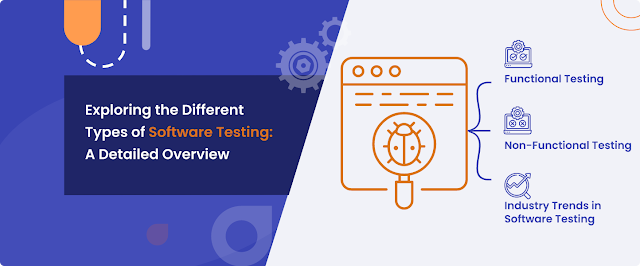Overview of Popular Scripting Languages Used in Test Automation

What is a Scripting Language? A scripting language for test automation is a programming language commonly utilized in creating automated test scripts. These programming languages offer a wide range of libraries that can be tailored for test automation. Testers can utilize these resources to create scripts that can interact with applications and simulate user actions. This enables them to thoroughly evaluate the operation, performance, and various other aspects of software systems. Many scripting languages are widely used for test automation because they are user-friendly, flexible, and have extensive libraries. Here are a few examples: Python, JavaScript, Java, Ruby, C#, and Groovy are all popular programming languages that developers often use for various projects. Each language has its unique features and advantages, making them suitable for different purposes. Whether you're interested in web development, data analysis, building mobile applications, or testing, there's a p...
